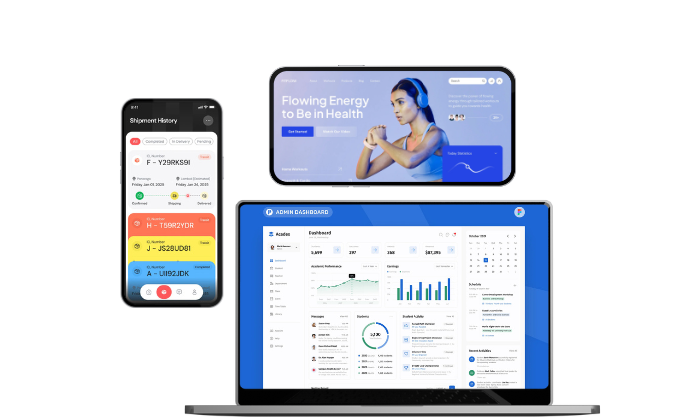Top 10 Emerging Technologies of 2024 That Will Transform Our Future
From revolutionary medical advancements to cutting-edge AI, the technologies of 2024 promise to redefine our world. Here’s a detailed look at the top innovations shaping tomorrow.
Genomics for Transplants: Bridging the Organ Gap
In January 2024, a groundbreaking event took place as the first genetically modified pig heart was transplanted into a human. This innovation, known as xenotransplantation, offers hope to over 100,000 Americans on organ transplant waiting lists. By modifying pig organs to be compatible with human bodies, scientists aim to create an unlimited supply of transplantable organs. Despite ethical concerns and the risk of zoonotic diseases, the potential to save countless lives remains immense.
Sustainable Livestock Feeds: Turning Waste Into Opportunity
Every year, over 1.3 billion tons of food is wasted globally. Scientists are now transforming this waste into livestock feed using innovative methods. For example, black soldier fly larvae can process food waste into protein-rich feed, while single-cell proteins derived from bacteria, yeast, or algae provide another alternative. Though challenges like scaling production and consumer acceptance persist, these solutions promise a sustainable future for animal agriculture.
Carbon-Capturing Microbes: A Greenhouse Gas Solution
Engineered microbes are becoming pivotal in the fight against climate change. Certain bacteria and algae have been modified to efficiently consume CO2 and convert it into biofuels or biodegradable plastics. For instance, Synechococcus elongatus has been engineered to produce ethanol from CO2. While this technology offers significant promise in reducing greenhouse gas emissions, maintaining stability and scalability remains a challenge.
Elastocaloric Materials: Efficient Cooling Without Harmful Gases
Elastocaloric materials have emerged as a promising solution for energy-efficient cooling systems. These materials absorb and release heat when stretched or compressed, offering 20–30% more efficiency than traditional cooling systems. Unlike conventional methods, elastocaloric systems do not rely on harmful refrigerants. However, their current reliance on expensive nickel-titanium alloys poses challenges for widespread adoption.
Immersive Technology: Revolutionizing Urban Development
Immersive technologies, including digital twins and augmented reality (AR), are transforming urban planning and construction. Cities like Helsinki use digital twins to simulate traffic flow and energy consumption, enabling better decision-making. In construction, AR reduces errors by overlaying 3D blueprints onto physical spaces. However, as these technologies advance, privacy and accessibility concerns must be addressed.
Integrated Sensing and Communication (ISAC): Smarter Networks
ISAC technology leverages radio waves for dual purposes: data transmission and environmental sensing. From smart city applications to autonomous vehicles, ISAC enhances network capacity and real-time monitoring. However, its potential misuse for surveillance raises critical privacy concerns, requiring careful regulation and oversight.
High-Altitude Platform Stations (HAPS): Expanding Internet Access
HAPS are essentially flying cell towers, operating at altitudes of 20 km to provide internet connectivity to remote areas. With over 2.6 billion people lacking internet access globally, HAPS hold the potential to bridge this gap. These platforms are also critical during disaster response, restoring communication swiftly. Challenges include maintaining their operation and navigating complex airspace regulations.
Reconfigurable Intelligent Surfaces (RIS): Optimizing Connectivity
RIS technology dynamically alters electromagnetic properties to improve wireless network performance. These smart panels can boost signal strength, reduce interference, and even enable precise indoor positioning. However, the high cost and technical complexity of these systems present barriers to their adoption.
Privacy-Enhancing Technologies (PETs): Safeguarding Data
As data-driven systems proliferate, PETs like homomorphic encryption and federated learning are essential for protecting sensitive information. These technologies enable data analysis without compromising privacy, benefiting fields such as healthcare and AI development. While computationally intensive, PETs are paving the way for secure and ethical data usage.
Artificial Intelligence for Scientific Discovery: Unlocking New Horizons
AI is revolutionizing research, enabling faster and more cost-effective discoveries in fields like medicine and material science. In 2023, the first AI-designed drug entered clinical trials, while AI also identified new materials for solar cells. Despite concerns about AI’s “black box” nature and bias, its potential for advancing human knowledge is unparalleled.


